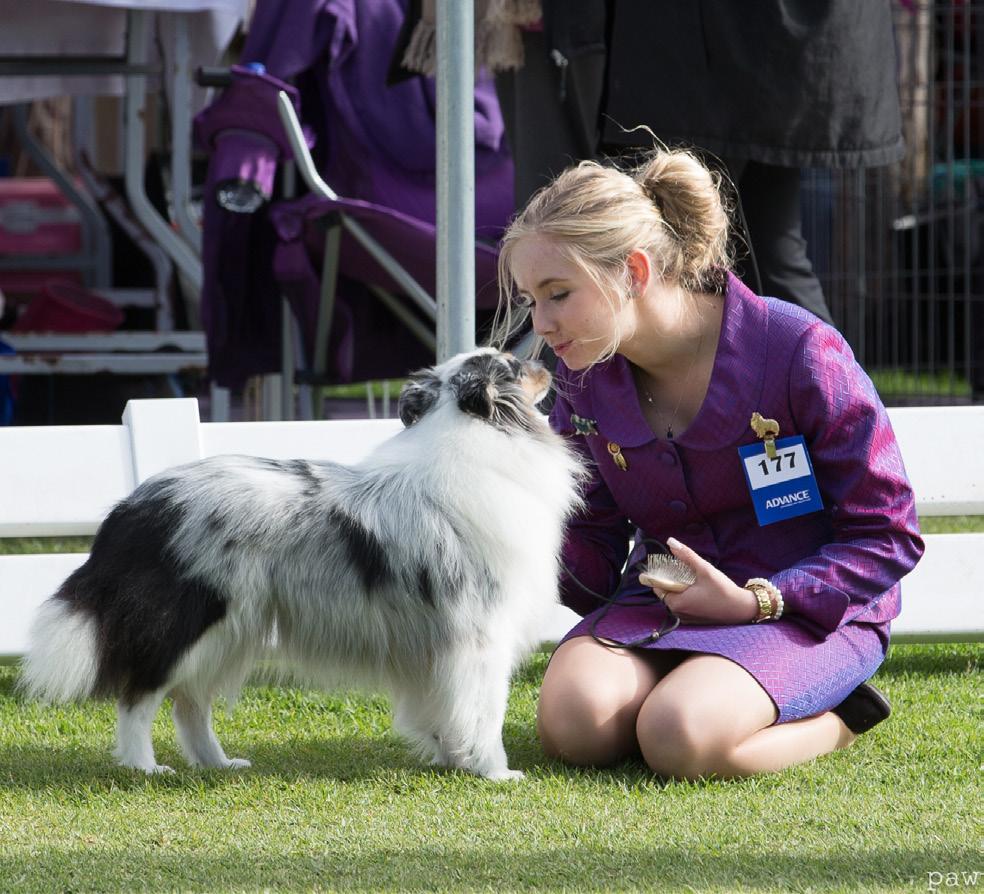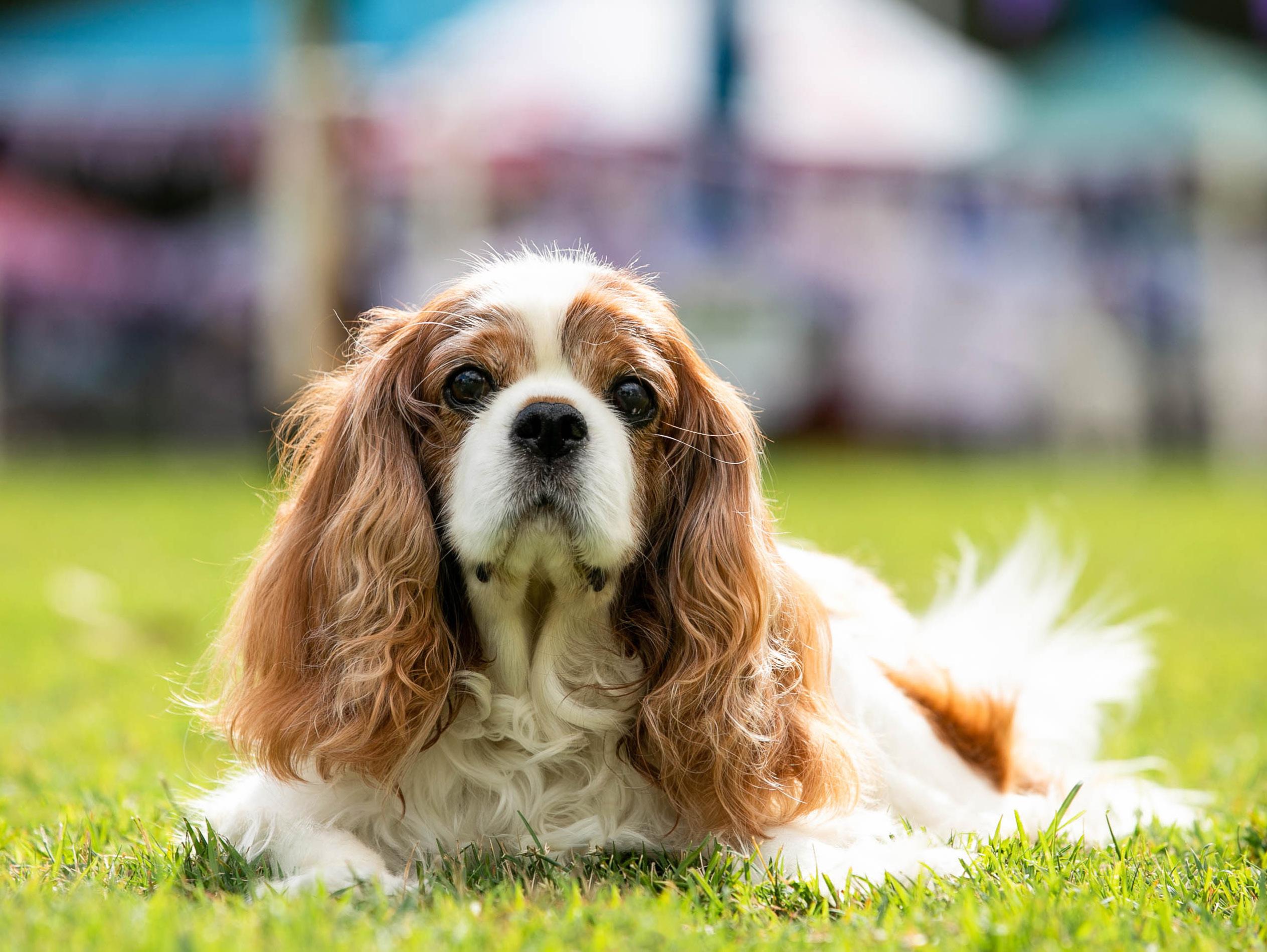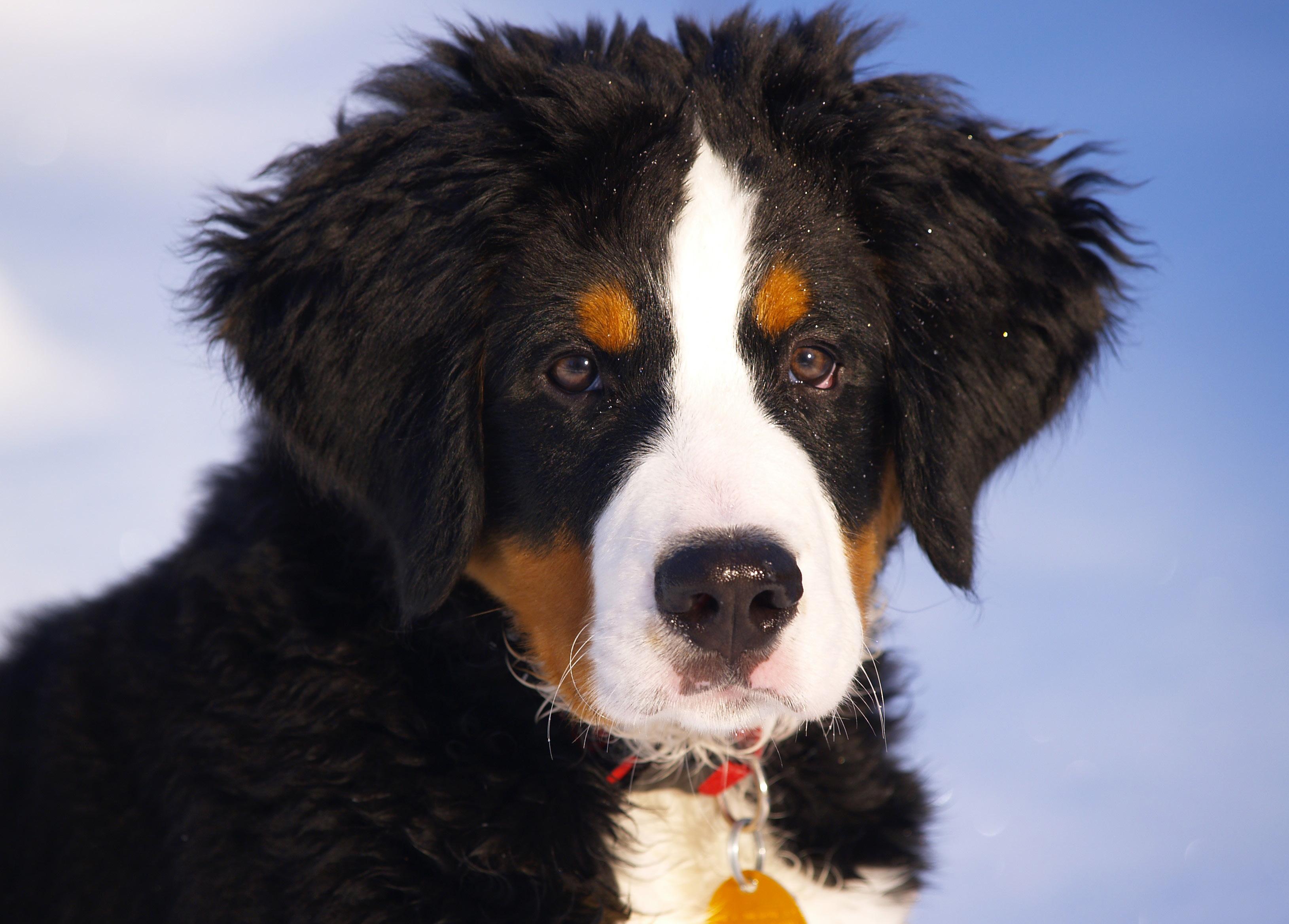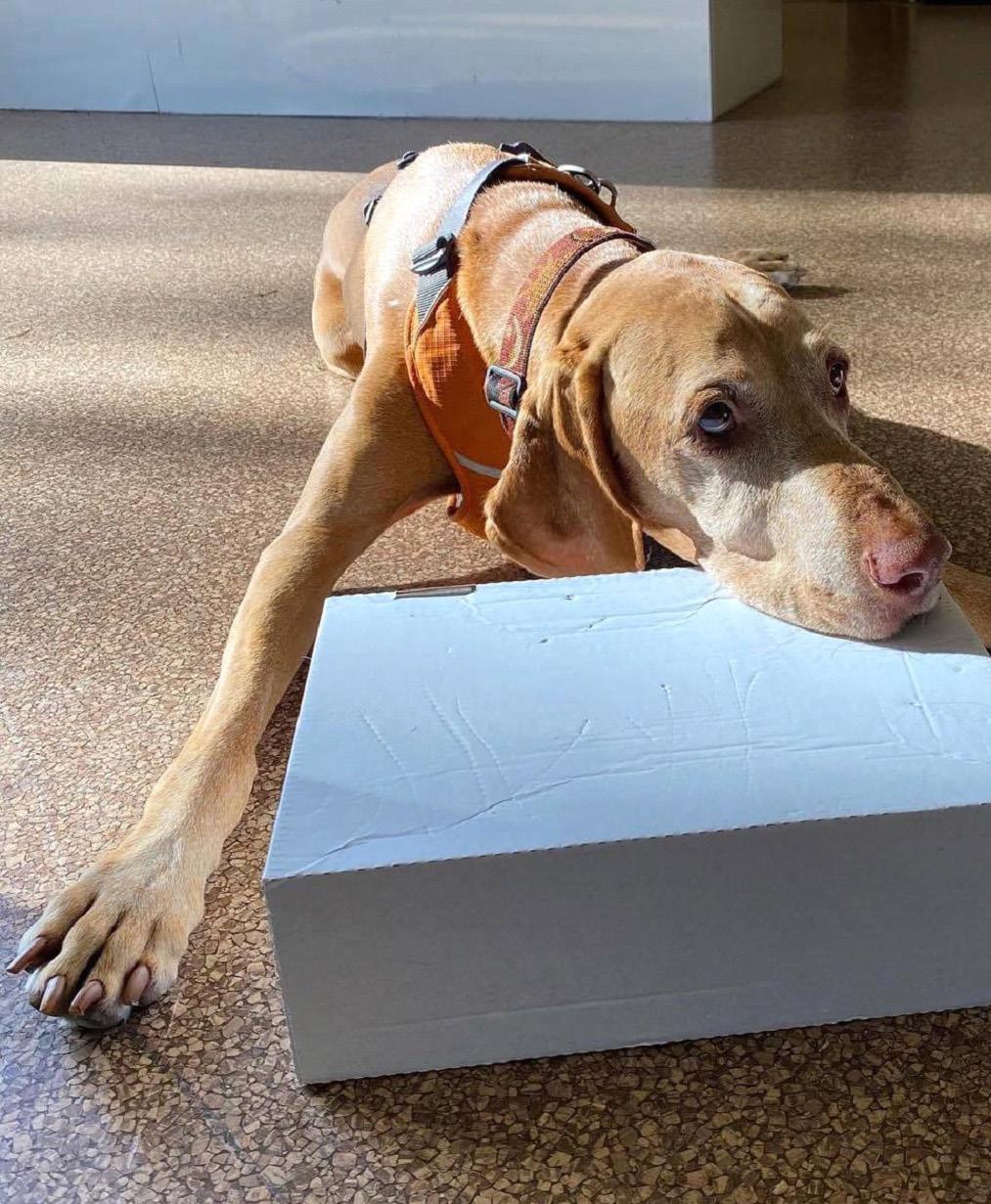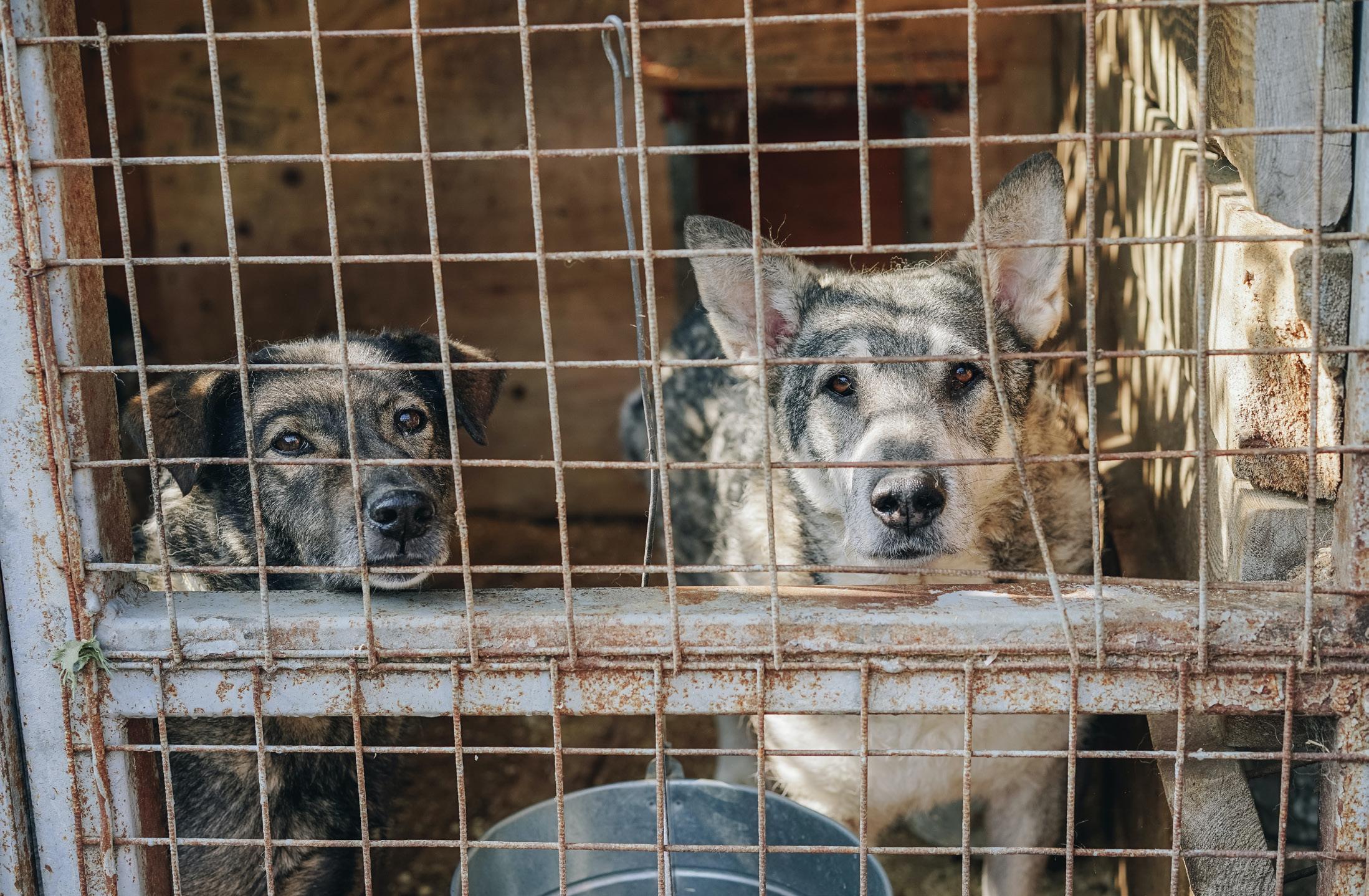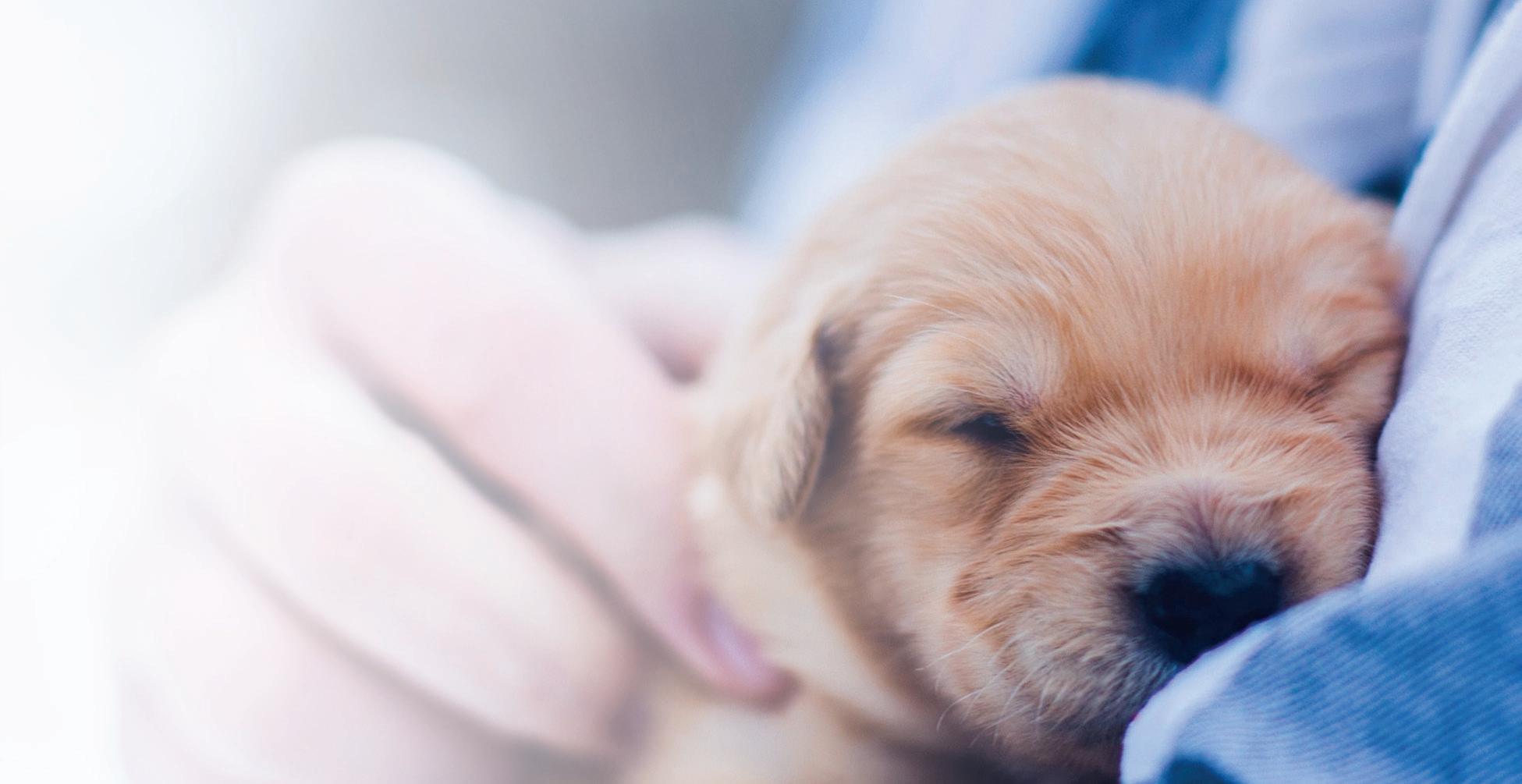
6 minute read
Breed Feature – Australian Stumpy Tail Cattle Dog
AUSTRALIAN STUMPY TAIL CATTLE DOG
The Australian Stumpy Tail Cattle Dog (ASTCD) is distinctive because of its “Stumpy Tail”. His tail is naturally short and is never docked.
To their people, they’re hilarious clowns that are loyal, loving and brave, but turn a blind eye they will steal your bed, your food, and your heart!
The Australian Stumpy Tail Cattle Dog closely resembles the Australian Cattle Dog but the Stumpy has a lighter build, longer legs, and is more athletic.
Known affectionately as ‘the Stumpy’ or Stumpies!
Once you win a Stumpy’s heart he is yours for a lifetime.
HISTORY
The Stumpy Tail Cattle Dog breed began evolving in the early 1830s because of the need for a dog that could work cattle in Australia’s very harsh environment. The breed that we see today is the result of many years of careful thought and selective breeding by dedicated people.
The Australian Stumpy Tail Cattle Dog is the original Australian working dog, developed before the Australian Cattle Dog and the Australian Kelpie.
Through selective breeding of bobtail dogs, the Stumpy was developed in the mid-19th century. Descending from Smithfield herding dogs of England, they were brought to Australia in the early 19th century and cross-bred with the dingo. The Smithfield was used to herd just about everything from ducks and geese to cattle.
In 1825 at Dartbrook Station in the rolling hills of the upper Hunter Valley of New South Wales, Thomas Simpson Hall crossed an English drover’s cur with a dingo. Hall was part of a family dynasty with a spread of properties from western Queensland almost to Sydney and a beef empire that at its peak had about 60,000 head. Hall had his own team of drovers and issued them with his new, highly-prized breed of dogs, dubbed Hall’s heelers



because of their ability to shift stock by nipping at the heels of recalcitrant cattle to hurry them along.
Hall must have been an exceptional dog breeder. Somehow, he incorporated a dingo into a line of specially imported blue-coloured dogs sent to him by his relatives in northern England. Through repeated backcrossing, by 1832 he had developed a highly useful dog.
The Hall’s heeler had all the toughness and stamina of the dingo combined with the stock sense and instinct of the cur. After his death in 1870, unfortunately his meticulous breeding records were destroyed.
Records of working dogs are scarce from this time period, and there are differing accounts of the breed’s development. One is that a drover named Timmins, who worked for Hall, in the Aberdeen area, New South Wales, crossed the Smithfield dogs with dingoes, producing a type of working dog called Timmins’ Biters.
The Stumpy Tail Cattle Dog was recognized by the Royal Agricultural Society Kennel Council (RASKC) in 1845. By the early 1960s, the breed was on the verge of extinction, but its survival was guaranteed when the ANKC opened a Development Register grading scheme in October 1988, to ensure that Australia’s oldest developed Working Dog breed would live on. To avoid registration of untypical

Stumpy Tails, the ANKC set up a grading system with a panel of three judges.
In the earlier days of the system, there were three categories: A (of excellent breed type), B (could also be of good breed type but lacking some qualities), and C (not of good breed type – possibly tan markings). From October 2000, only dogs of excellent breed type were permitted into the grading scheme.
The redevelopment scheme closed in 2007 when the establishment of a viable gene pool over the preceding 20 years had made the infusion of graded (unregistered) dogs no longer necessary.
In 1963, the ANKC adopted Stumpy Tail Cattle Dog as the official name; in 2001 it was changed to Australian Stumpy Tail Cattle Dog. A breed in its own right, the ASTC took its rightful place alongside other recognized breeds in the working dog group.
Appearance, Colour and Size
The Australian Stumpy Tail Cattle Dog IS NOT an Australian Cattle Dog with a docked tail. The stumpy is a naturally bob-tailed breed and stands square with plenty of leg length under the body, a rugged dog with pricked ears and long legs. The breed’s most distinctive feature, for which the breed is named, is the stumpy tail. When there is a
The Stumpy has a hard-bitten, rugged appearance. It must be well-muscled, to endure long periods of arduous work.
The breed has two colours – blue and red. There can be no tan markings. The nose is black, irrespective of the colour of the dog. The coat is medium length to short, straight, dense and harsh with the coat around the neck longer, forming a mild ruff. The hair on the head, legs and feet, is short.
The height is 46–51 centimetres (18–20 in) for dogs, with females slightly smaller 43–48 cm, weight: 16–23 kg and the average lifespan is 15-17 years.
Maintenance, Grooming and Exercise
In terms of grooming, the maintenance of the Stumpy is low. A weekly brush is all that is needed and a bath when necessary.
When it comes to exercise however, the Stumpy can be high maintenance. It is a breed that needs lots of exercise and mental stimulation – Give the stumpy a job to do! It is an incredibly intelligent breed with high energy levels so if a Stumpy gets bored, it will find ways to entertain itself such as digging, barking, pulling washing off the line etc
Health
In general, the Stumpy is a relatively healthy, robust breed, but like all breeds, they’re prone to certain health conditions. Breeders work with tested animals to minimize the possibility of the following conditions:

• (PLL) Primary Lens Luxation
• Deafness
What can Stumpies do?
Stumpies can and will do anything you teach or train them to do. They love to be active and love to work (for example – Herding, Frisbee, Lure Coursing, Agility, Fly Ball, Obedience, Dock Diving, Conformation Showing, Obedience etc).
Who are they suited for?
While most Stumpies adore children, care should be taken. Stumpies need an owner that is committed, active and experienced. They may not be suitable for a first pet due to their high intelligence. This is not a part-time breed. They can be full-on and need early socialisation with dogs and people for a well-rounded and happy companion. Training and firm leadership is essential as this intelligent thinking dog will compensate for any weakness in leadership by taking the place at the top of the pack. ‘Firm’ does not mean ‘hard’ – the Stumpy’s eagerness to please you means that consistency, reinforcement and reward will go much further than punishment.
If you would like further information, contact Raechelle Miller on 0439 876 666.
Submitted by the ACD&K Club of Qld Inc – Researched by Raechelle Miller, Cumbydene Stumpies, Glenys Armstrong and other members.

